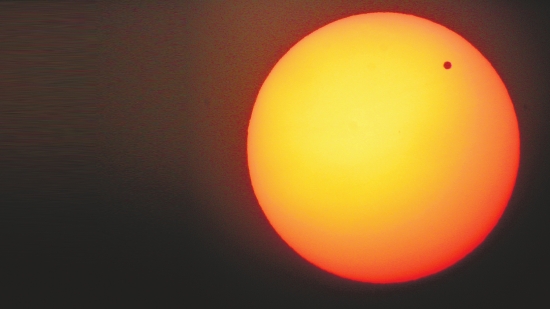Soon afterward, Maskelyne returned to England where he became astronomer royal, and Mason and Dixon—now evidently more seasoned—set off for four long and often perilous years surveying their way through 244 miles of dangerous American wilderness to settle a boundary dispute between the estates of William Penn and Lord Baltimore and their respective colonies of Pennsylvania and Maryland.
此后不久,馬斯基林回到英國,成為皇家天文學家,而梅森和狄克遜--這時候顯然更加成熟--啟程前往美洲,度過漫長而時常是險象環生的4年。他們穿越393公里危險的荒原,一路上搞測量工作,以解決威廉·佩恩和巴爾的摩勛爵兩人地產之間的以及他們各自殖民地--賓夕法尼亞和馬里蘭--之間的邊界糾紛。

The result was the famous Mason and Dixon line, which later took on symbolic importance as the dividing line between the slave and free states. (Although the line was their principal task, they also contributed several astronomical surveys, including one of the century's most accurate measurements of a degree of meridian—an achievement that brought them far more acclaim in England than the settling of a boundary dispute between spoiled aristocrats.)
結果就是那條著名的梅森-狄克遜線。后來,這條線象征性地被看做是美國奴隸州和自由州之間的分界線。(這條線是他們的主要任務,但他們還進行了幾次天文觀測。其中有一次,他們對1度經線的長度作了當時那個世紀最精確的測量。由于這項成就,他們在英國贏得了比解決兩位被寵壞了的貴族之間的邊界糾紛高得多的贊揚。)
Back in Europe, Maskelyne and his counterparts in Germany and France were forced to the conclusion that the transit measurements of 1761 were essentially a failure. One of the problems, ironically, was that there were too many observations, which when brought together often proved contradictory and impossible to resolve.
回到歐洲以后,馬斯基林與他的德國和法國同行不得不下結論,1761年的凌日觀測工作基本失敗。具有諷刺意味的是,問題之一在于觀測的次數太多。把觀測結果放在一起,往往證明互相矛盾,無法統一。
The successful charting of a Venusian transit fell instead to a little-known Yorkshire-born sea captain named James Cook, who watched the 1769 transit from a sunny hilltop in Tahiti, and then went on to chart and claim Australia for the British crown. Upon his return there was now enough information for the French astronomer Joseph Lalande to calculate that the mean distance from the Earth to the Sun was a little over 150 million kilometers. (Two further transits in the nineteenth century allowed astronomers to put the figure at 149.59 million kilometers, where it has remained ever since. The precise distance, we now know, is 149.597870691 million kilometers.) The Earth at last had a position in space.
成功繪制金星凌日圖的卻是一位不知名的約克郡出生的船長,名叫詹姆斯·庫克。他在塔希提島一個陽光普照的山頂上觀看了1769年的凌日現象,接著又繪制了澳大利亞的地圖,宣布它為英國皇家殖民地。他一回到國內,就聽說法國天文學家約瑟夫·拉朗德已經計算出,地球到太陽的平均距離略略超過1.5億公里。(19世紀又發生兩次凌日現象,天文學由此得出的距離是1.4959億公里,這個數字一直保持到現在。我們現在知道,確切的距離應該是1.495 978 706 91億公里。)地球在太空中終于有了個方位。











